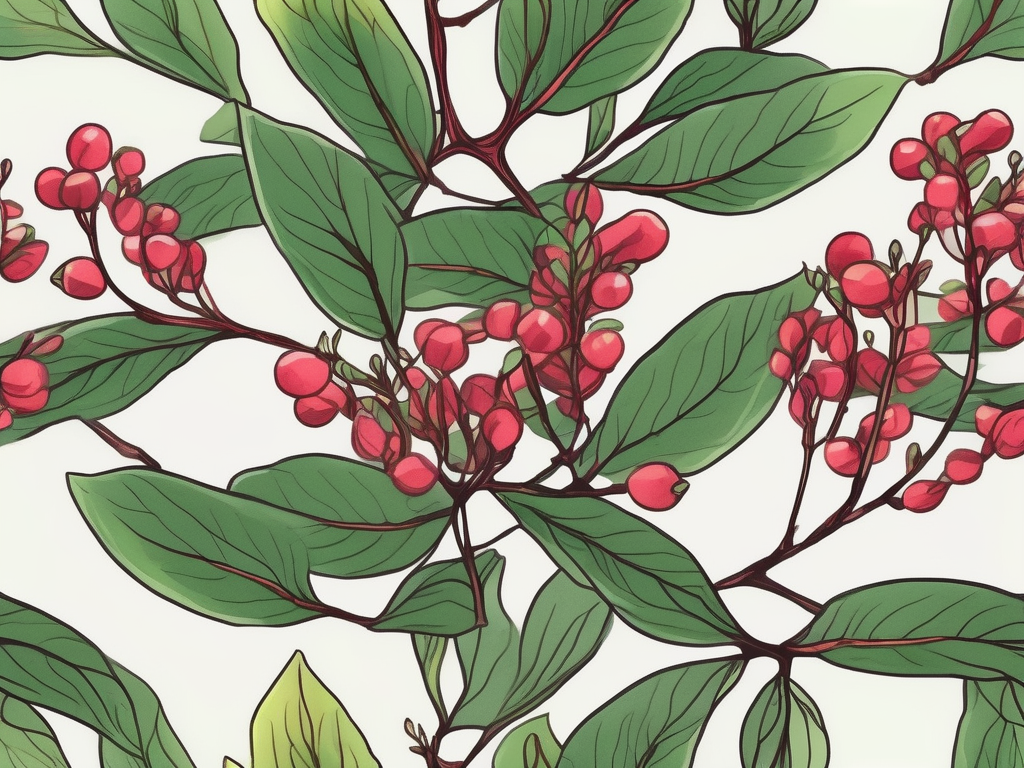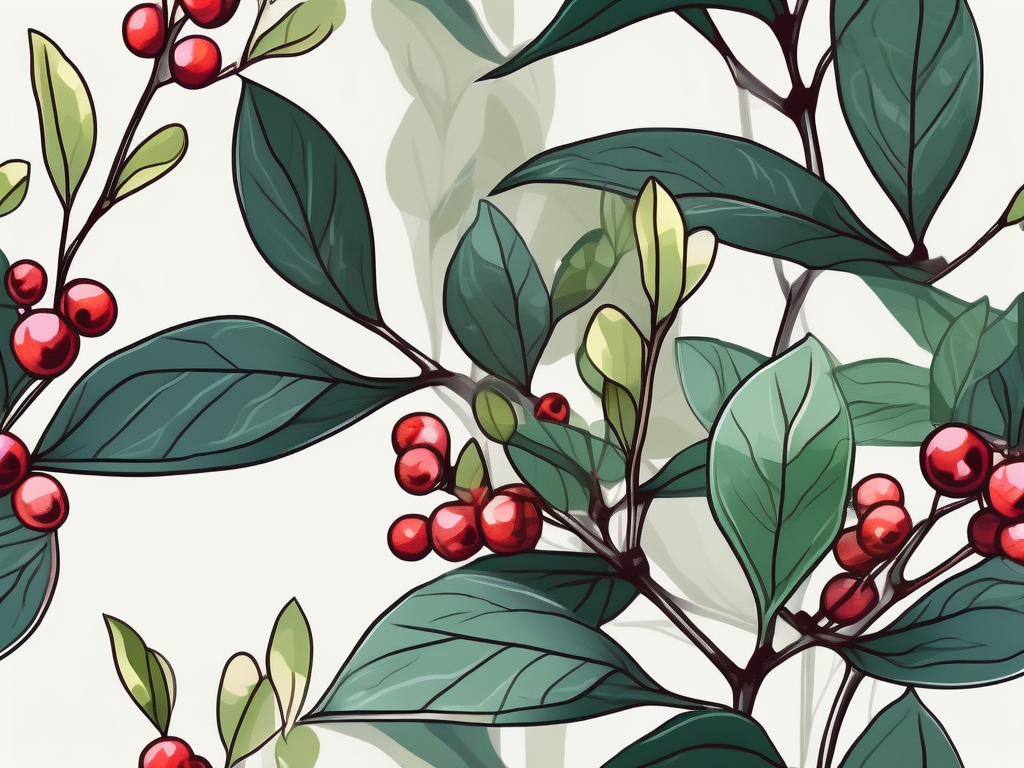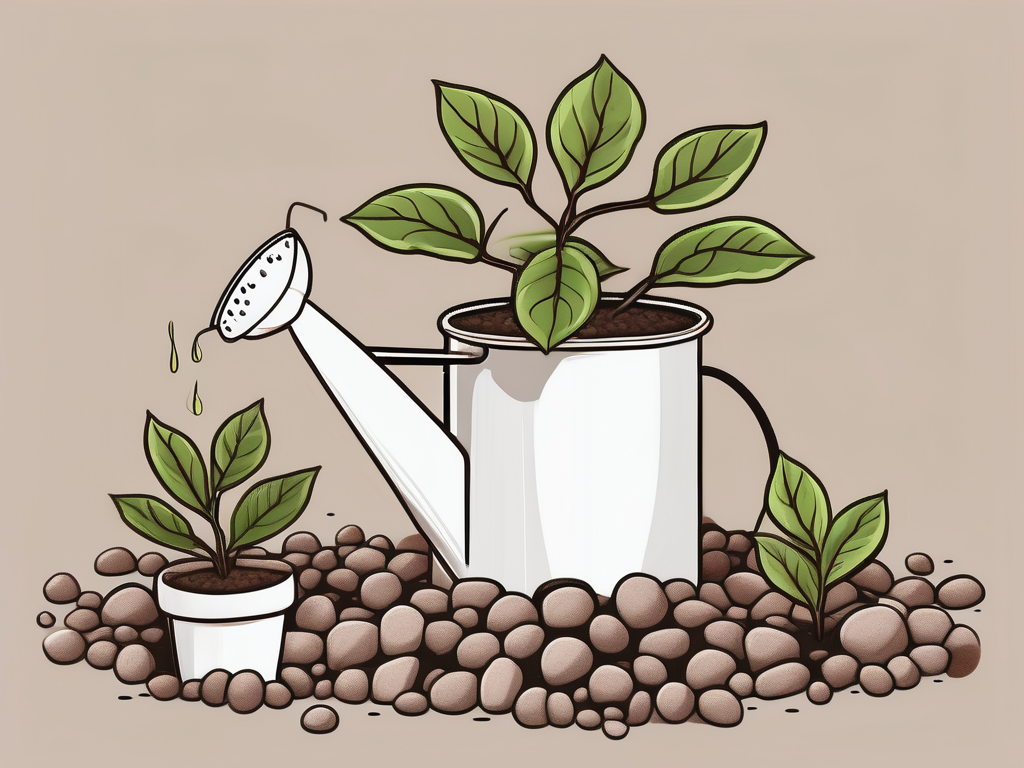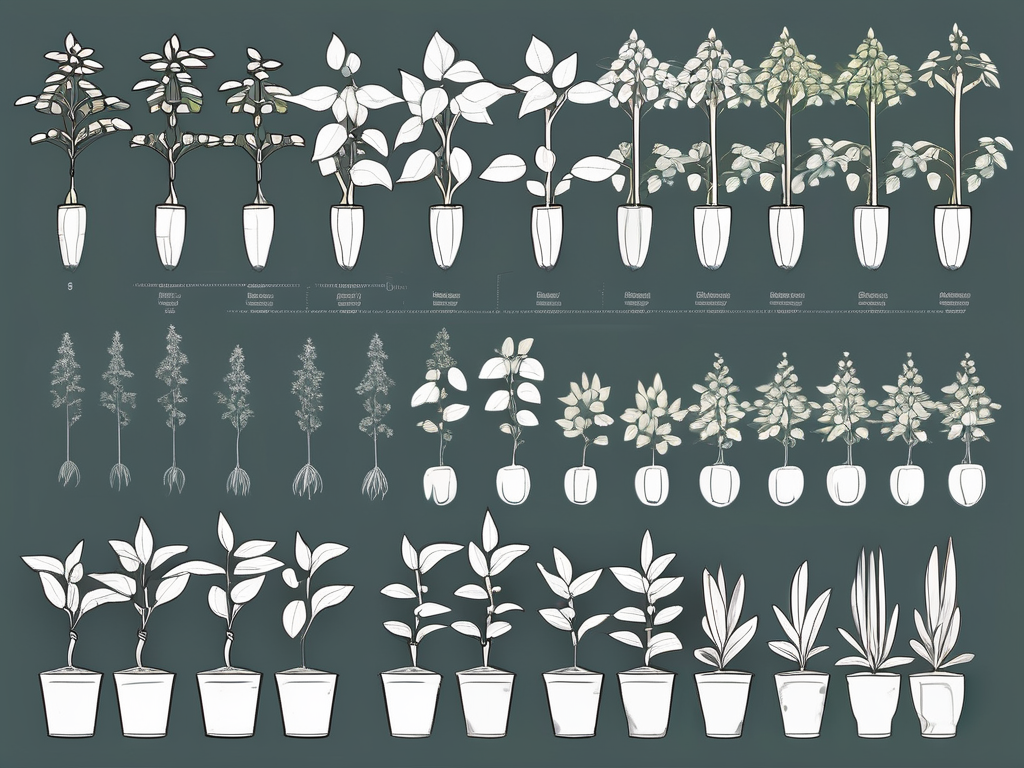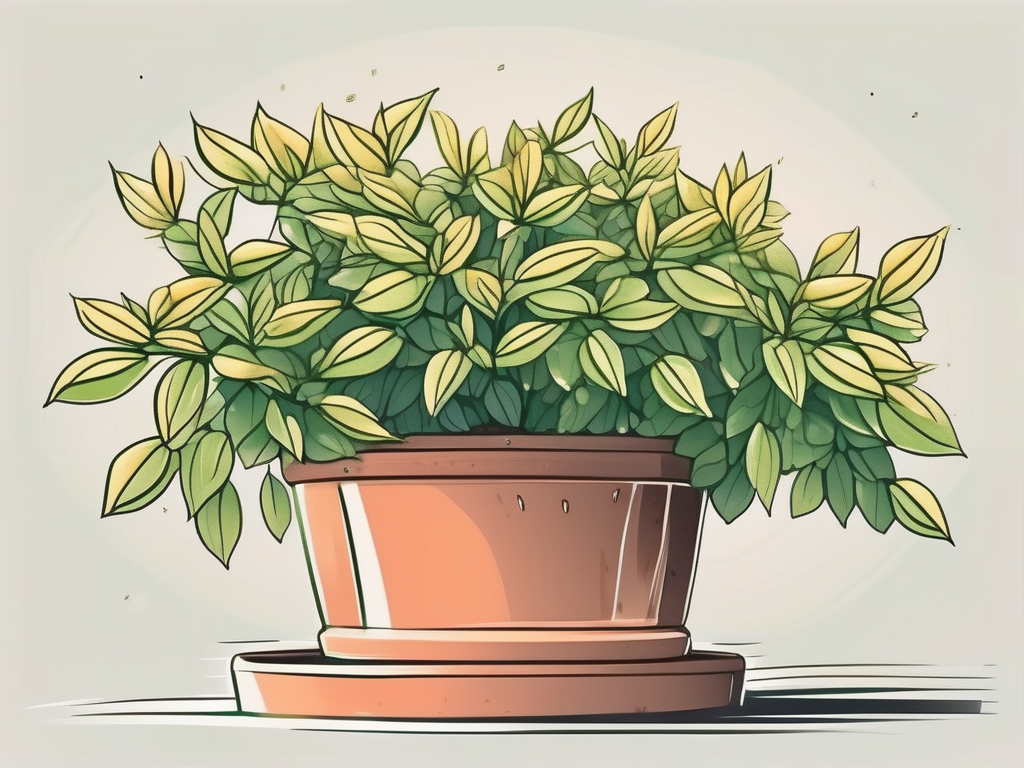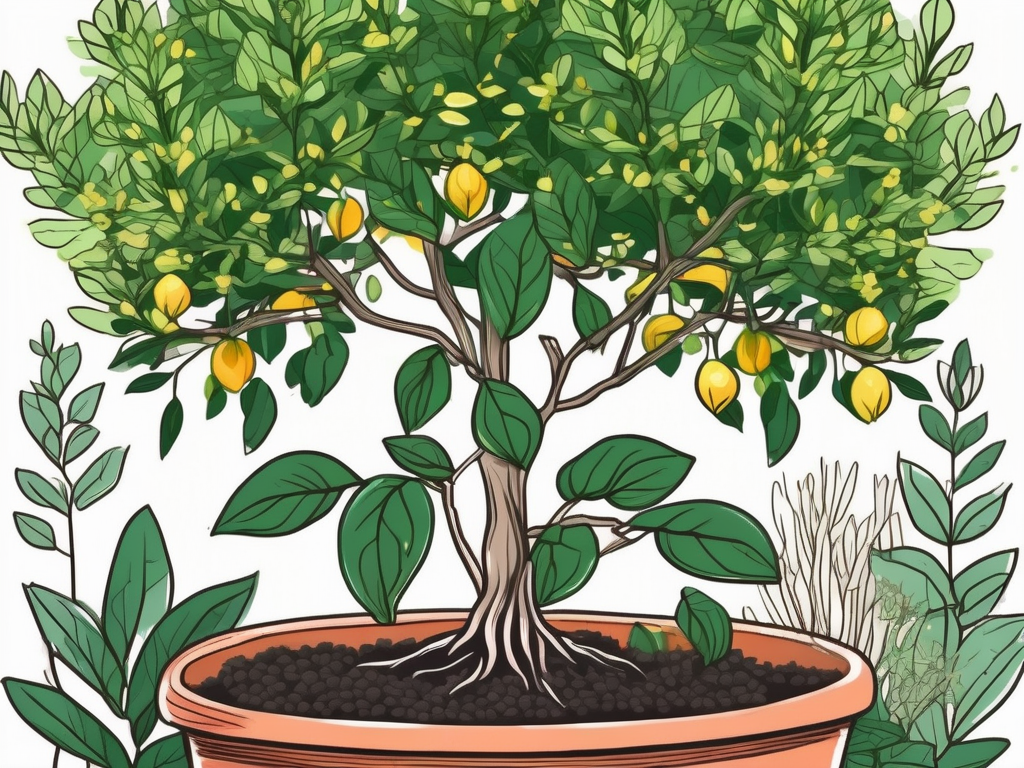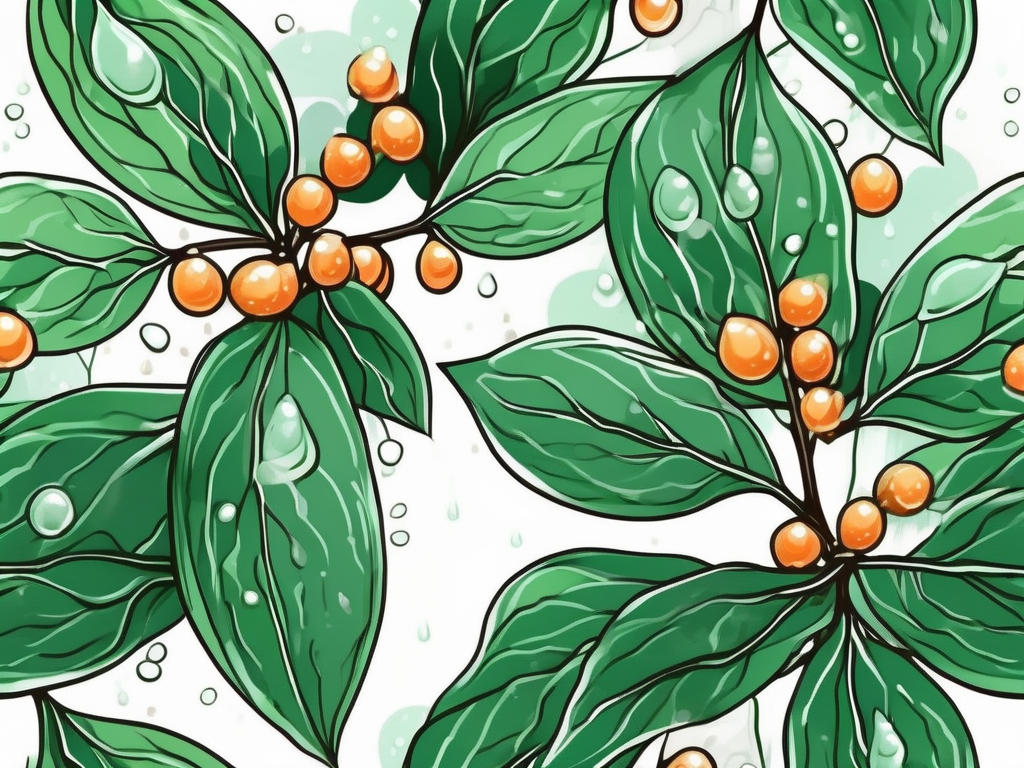
Euonymus plants are like the chameleons of the plant world. They're versatile, adaptable, and come in a variety of shapes and sizes. Whether you're looking for a shrub to add some structure to your garden or a vibrant pop of color to your indoor space, the Euonymus has you covered. But before you rush out to get one, it's important to know how to care for these charming plants to keep them healthy and thriving.
In this article, we'll take you through everything you need to know about Euonymus plant care. From choosing the right variety and potting it correctly to dealing with common pests and designing beautiful plant-filled spaces, we've got all the tips and tricks you need to become a confident Euonymus caretaker. So, let's get started on this green journey!
Choosing the Right Euonymus Variety
With so many varieties of Euonymus out there, picking the right one can feel like choosing a favorite dessert. Do you go for something classic like a cheesecake or something a bit more exotic like a tiramisu? In the plant world, the Euonymus has its own array of choices, each with unique features that might suit different gardening needs.
Here are a few popular varieties to consider:
- Euonymus japonicus: This evergreen shrub is known for its glossy, dark green leaves and can grow up to 15 feet tall. It's perfect for hedges or as a standalone plant.
- Euonymus fortunei: Often used as ground cover, this variety is versatile enough to climb up trellises or drape over walls. It has beautiful variegated leaves that can add some visual interest to your garden.
- Euonymus alatus: Also known as the burning bush, this variety is famous for its striking red foliage in the fall. It's a deciduous shrub, so it offers a seasonal showpiece in your landscape.
When choosing a Euonymus, consider the climate in your area. While many of these plants are hardy, some varieties might thrive better in specific conditions. Also, think about the space you have. If you're working with a small garden or an indoor area, a compact variety like Euonymus fortunei might be your best bet.
Setting Up the Perfect Spot
Once you've picked your Euonymus, you'll need to find the perfect spot for it to call home. Much like humans, plants have preferences when it comes to where they live. For Euonymus, the right spot can make a big difference in how well it grows.
Here's what to consider:
- Light: Most Euonymus varieties prefer full sun to partial shade. If you're growing them indoors, a south-facing window is ideal. But remember, too much direct sunlight can scorch their leaves, so keep an eye on them.
- Temperature: Euonymus plants are quite hardy but prefer temperatures between 60-75°F. If you're in a colder region, make sure to provide some winter protection for outdoor varieties.
- Space: Give your Euonymus room to grow. If it's a shrub variety, ensure it has enough space to spread out. For climbing types, provide a trellis or support to help them flourish.
By setting up the right environment, you're giving your Euonymus the best chance to thrive. It's like setting the stage for a great performance—everything needs to be just right!
Proper Potting and Soil Care
Potting your Euonymus correctly can be the difference between a happy, healthy plant and a sad, wilted one. While they aren't particularly fussy about soil, there are a few things to keep in mind to ensure they have a solid foundation.
- Soil Type: Euonymus plants prefer well-draining soil. A mix of regular potting soil with some sand or perlite can improve drainage and prevent root rot.
- Pot Size: Choose a pot that's slightly larger than the root ball of your plant. This gives it room to grow without being overwhelmed by too much soil.
- Repotting: If you notice your Euonymus is becoming root-bound or it's not growing as vigorously, it might be time to repot. Typically, this is every couple of years or when you see roots poking out of the drainage holes.
When potting, always make sure the base of the stem is level with the top of the soil. This prevents water from collecting around the stem, which can lead to rot. Give your plant a good drink of water after potting to help settle the soil.
Watering: Finding the Right Balance
Watering plants can sometimes feel like a guessing game. How much is too much? How little is too little? With Euonymus, the key is finding a happy medium.
Here's a simple guide to watering your Euonymus:
- Frequency: Water your Euonymus when the top inch of soil feels dry to the touch. This usually means watering once a week, but it can vary depending on your climate and the season.
- Amount: Water deeply until it starts to drain from the bottom of the pot. This ensures the roots get a good soak.
- Avoid Overwatering: Too much water can lead to root rot, which is a common issue with Euonymus. Make sure your pot has good drainage and avoid letting the plant sit in water.
It's always better to err on the side of under-watering than over-watering. Euonymus plants are fairly drought-tolerant, so they can handle a little dry spell better than being waterlogged.
Fertilizing for Growth
Fertilizing your Euonymus is like giving it a little boost of energy. It helps the plant grow strong and healthy, ensuring vibrant foliage and, if you're lucky, a few flowers.
When it comes to fertilizing, here's what you need to know:
- Type of Fertilizer: Use a balanced, slow-release fertilizer. This gives your plant nutrients over time without overwhelming it.
- Frequency: Apply fertilizer in the spring and again in mid-summer. This coincides with the growing season and helps the plant put on new growth.
- How To: Sprinkle the fertilizer around the base of the plant, avoiding direct contact with the leaves. Water well after application to help the nutrients soak into the soil.
Remember, more isn't always better. Over-fertilizing can harm your plant, so stick to the recommended amounts on the fertilizer packaging.
Tackling Common Pests and Problems
No plant is immune to pests and problems, and the Euonymus is no exception. But don't worry, with a little vigilance and some quick action, you can keep your plant healthy and pest-free.
Here are some common issues and how to tackle them:
- Scale Insects: These pesky bugs look like small bumps on the stems and leaves. Remove them by gently scraping them off or using a soft brush. Insecticidal soap can also be effective.
- Powdery Mildew: This fungal issue appears as a white powder on the leaves. Improve air circulation around the plant and use a fungicide if necessary.
- Root Rot: Usually caused by overwatering, root rot can be identified by wilting, yellowing leaves, and a mushy stem. Let the soil dry out completely and reduce watering frequency.
Regularly inspecting your plant for signs of pests or disease is key to catching problems early. Think of it as a routine check-up for your green friend.
Pruning: Keeping Your Plant in Shape
Pruning might sound daunting, but it's really just giving your Euonymus a little haircut to keep it looking its best. Plus, regular pruning can encourage bushier growth and help remove any dead or diseased branches.
Here's how to prune your Euonymus:
- Timing: The best time to prune is in late winter or early spring before new growth starts. This allows the plant to bounce back quickly.
- Tools: Use sharp, clean pruning shears. Dull tools can damage the plant and make it more susceptible to disease.
- How To: Cut back any dead or diseased branches, making the cut just above a healthy bud or leaf node. For shaping, trim back to maintain the desired size and shape.
Pruning not only helps improve the plant's appearance but also encourages new growth, leading to a fuller and healthier plant.
Designing With Euonymus in Your Space
Euonymus plants are not just about function—they're about form too. They can add a touch of elegance or a splash of color to your indoor or outdoor space. The trick is to integrate them in a way that enhances your existing decor.
Here are some design ideas:
- Hedge it Up: Use taller varieties like Euonymus japonicus to create a natural hedge around your garden or patio. They offer privacy while adding greenery.
- Ground Cover: Low-growing types like Euonymus fortunei can be used as ground cover in garden beds or along pathways, providing a lush carpet of foliage.
- Container Gardens: Plant a Euonymus in a decorative pot and place it on your porch or balcony. Mix with other plants for a layered, textured look.
When designing with Euonymus, think about combining different textures and colors. They pair well with flowering plants, ornamental grasses, and even small trees for a balanced and visually appealing landscape.
Embracing the Journey of Plant Parenthood
Taking care of a Euonymus plant, like any other plant, is a journey, not a destination. There will be moments of triumph—like when you see new growth or vibrant foliage—and moments of challenge, such as dealing with pests or pruning dilemmas. But that's all part of the fun!
Remember:
- Patience is Key: Plants grow at their own pace. Give your Euonymus the time it needs to adjust and thrive.
- Learn and Adapt: Every plant is different. What works for one might not work for another, so be open to changing your care routine as needed.
- Enjoy the Process: Take time to appreciate the beauty and tranquility that plants bring to your life. Whether it's a morning coffee with your Euonymus or a quiet moment admiring its leaves, these small moments can be incredibly rewarding.
Being a plant parent doesn't come with an instruction manual, but with a little attention and care, your Euonymus will thrive and bring joy to your home.
Final Thoughts
Caring for a Euonymus plant is a rewarding experience that combines the joy of nurturing with the excitement of decorating your space. From choosing the right variety to mastering the art of pruning, each step offers a chance to learn and grow alongside your plant.
At Cafe Planta, we're here to support you on your plant journey. Whether you're looking for the perfect Euonymus or need advice on plant care, we're just an email or Instagram message away. Let's connect over our shared love of plants and create beautiful, thriving spaces together!















